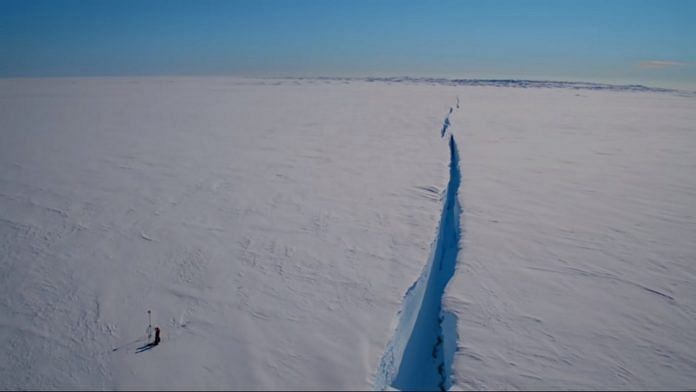Two huge cracks have been growing across the ice shelf for years
A massive chunk of ice larger than the city of Delhi is poised to break away from Antarctica’s Brunt Ice Shelf. Two large cracks measuring over 55 km and 60 km long, respectively, have been growing across the ice shelf for years. When the cracks meet, a 1,594 square-km iceberg could separate itself from the continent. Read more on Forbes.
HIV eliminated from DNA of mice using gene-editing tool
Scientists in the US have successfully used a gene-editing tool to eliminate HIV from the DNA of infected mice — an achievement that may pave the way for curing nearly 37 million people across the world living with the virus. More on CNN.
In a first, ‘Fast Radio Bursts’ traced back to their source
Astronomers have for the first time identified the source of unique fast radio bursts (FRB), which are mysterious pulses of energy emanating from space. FRBs have baffled scientists for years, even sparking speculation that these may be signals from alien life. Read more on Live Science.
Satellite images help discover world’s 8th lava lake
Scientists have discovered the presence of a rare and persistent lava lake within the crater of Mount Michael — an active volcano located on a remote island in the Southern Ocean. The scientists used satellite images, collected over the past three decades, to discover the lava lake. This finding brings the number of known lava lakes across the world to eight. Read more on Gizmodo.
NASA completes ‘abort system’ tests for its Moon mission
NASA has successfully tested a crew abort system for its Orion spacecraft that could save lives of future astronauts on their moon mission. The system will allow astronauts to travel safely back to Earth in case something goes wrong during the launch stage. More on Independent.






